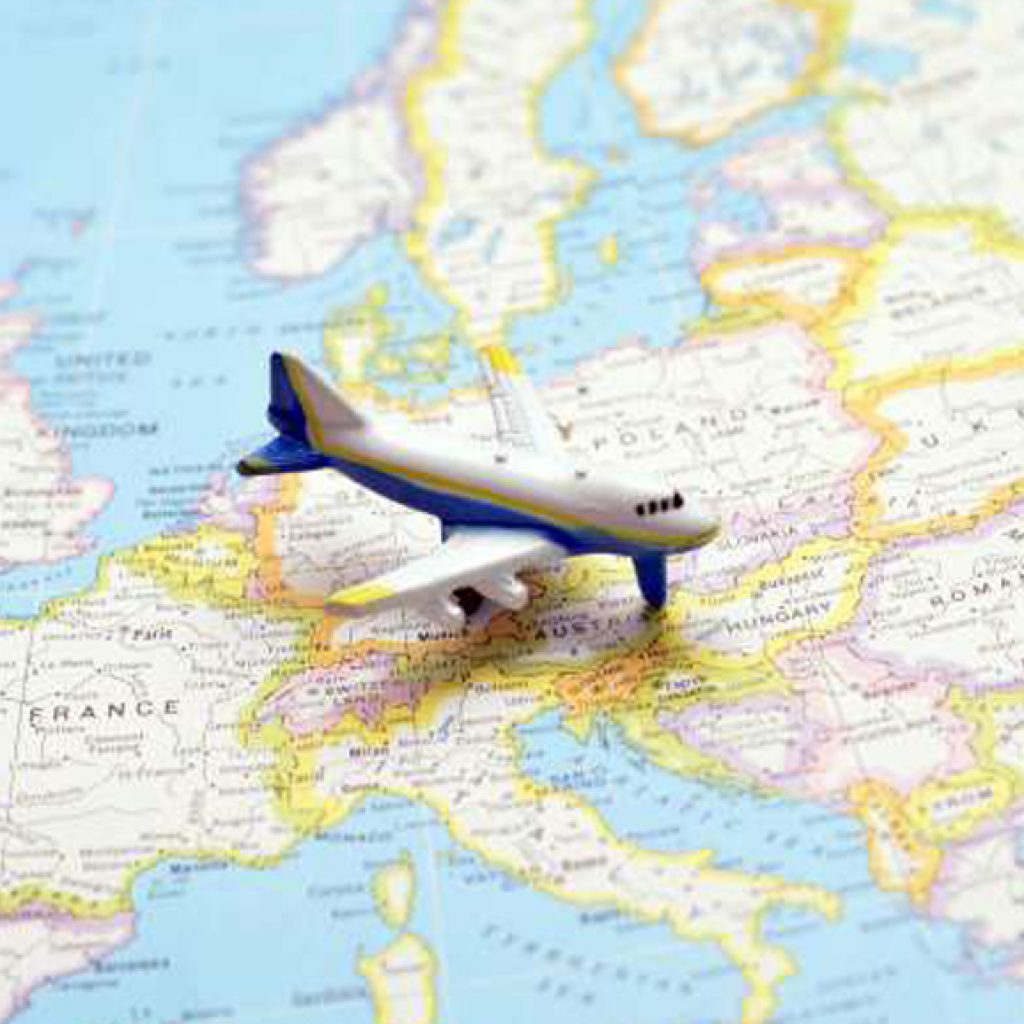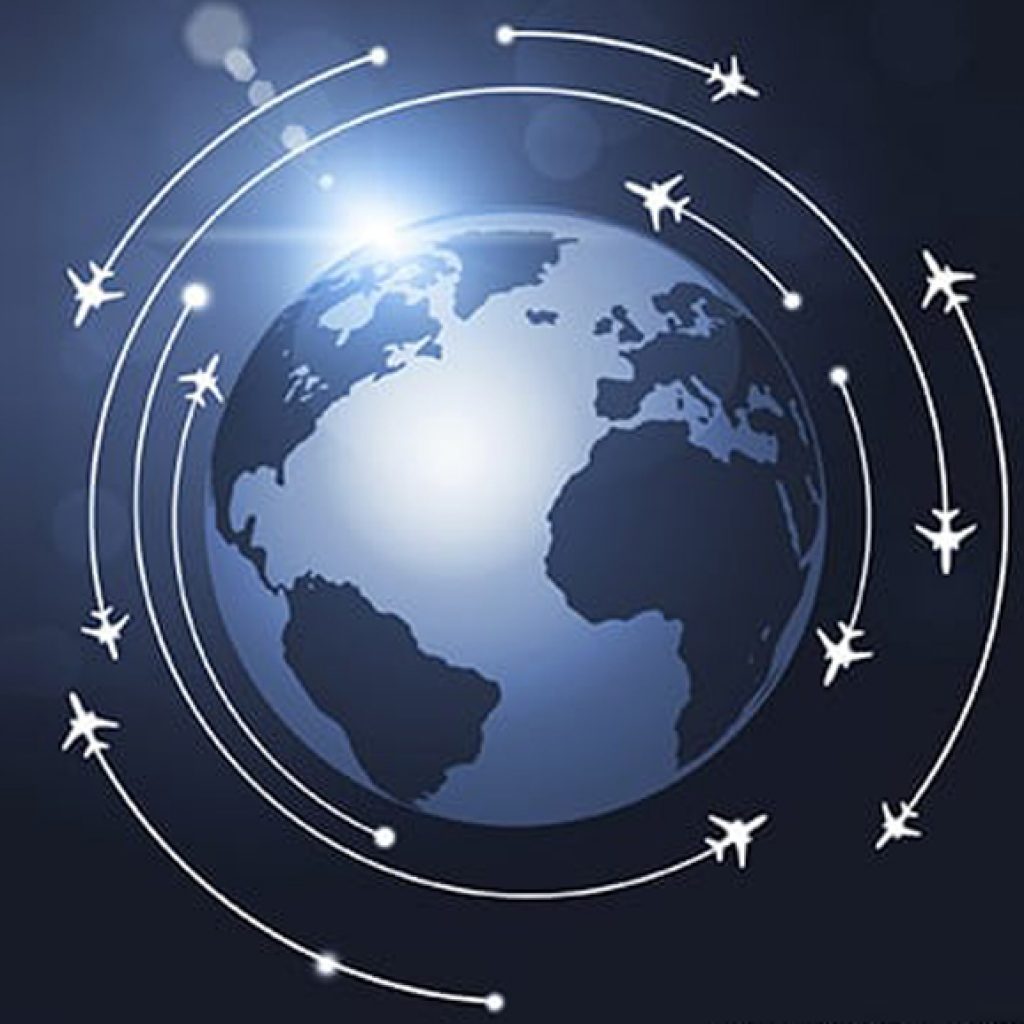Route planning is one of the most important decisions for an airline. Forecasting demand, availability of aircraft and competition are some key considerations for an airline while deciding where-to and how-often- to fly. The airline also needs to consider hub connectivity besides the other factors. In some cases, the governments are also involved if it is a national carrier and there can be other political factors influencing the decision. The end goal of any airline is to generate profit and hence economic consideration is always the top priority. While evaluating a new route option, the airline has to forecast the demand of the passengers and cargo and the costs involved in operating that route, which includes airport cost, sales office and staff costs.
Demand forecast

For an airline, it is a must to check the demand forecast before considering a new route. Depending on the analysis, it can decide if a particular sector would be profitable or not. Finding out the number of passengers who will travel or are already travelling on a particular route helps the airline to identify the trend in the market. Based on that, the airline can decide the fares and how many aircraft to deploy for that route. Along with the demand, the airlines also consider the alliances in the same sector and the frequent flyer membership which passengers might have with other airlines. All these factors contribute to deciding if a new airline can succeed in a particular market. .
Hub Connectivity

The airlines usually have one hub where they operate most of their flights. From this hub, the airline should be able to connect people to most of the other destinations. Therefore, hub connections are indirect connections and the success of hub connection is measured by how many indirect connections an airline has from its main hub. This also strengthens its competitive positioning in the market. For instance, one of the reasons why Emirates became such a popular airline was due to the fact that it had a strong hub - Dubai. While planning the route network, the airline should make sure that its hub provides it with a good choice of connection to various destinations.
Although traffic between point A and point B is important; it is also important for airlines to get passengers from connecting flights to the hub.
Fleet Deployment
Another important factor while deciding a route is deploying the right aircraft and the availability of that aircraft. In case of a long haul flight, the airline needs to have the right kind of aircraft which would provide a return on investment and be cost-efficient. For short haul flights, airlines usually deploy aircraft which are fuel efficient for short, frequent flights.
Selection of aircraft also depends on the average traffic flow forecast. If the airline knows that a certain route has more demand, then it needs a larger aircraft before adding that route to its network. Two main areas of consideration are performance and operating cost and the airline's fleet can have a huge impact on its economic profitability.
Each time an airline deploys an aircraft on a particular route, it needs to consider how many people would be flying, the elevation of the aircraft, fuel consumption etc.
Demand forecast
Competition is definitely a deciding factor. Starting a route with high demand but high competition would be less preferred than starting a route with high demand but low competition. The airline usually does not start a new route which is dominated by other carriers unless there is underutilised capacity. Several low-cost carriers chose to fly to smaller airports due to low costs at the airport and also to serve the under-served markets where there is no competition. Route planning is a strategic decision and checking the competition can help airline evaluate the strength, weakness, opportunity and threat of the new route.
Conclusion
Besides the major factors discussed above, starting a new route in a new market comes with several additional costs like flight crews and their overnights, gate space at a certain time period that the flight will be operating, etc. To sum up, airlines need to forecast demand, make a strategic evaluation based on competition, review the airline hub economies and finally check its technical capability for each route that the airlines plan to operate on.



